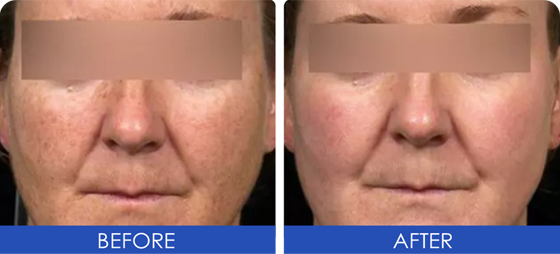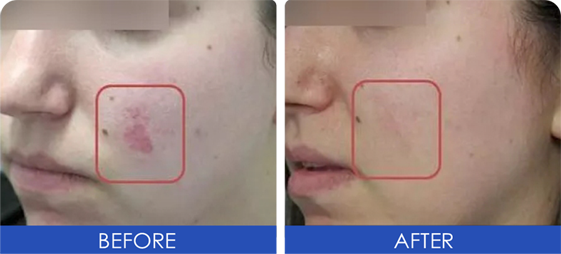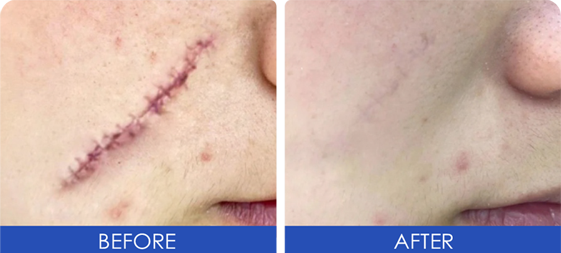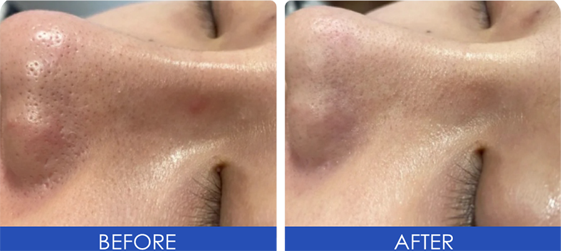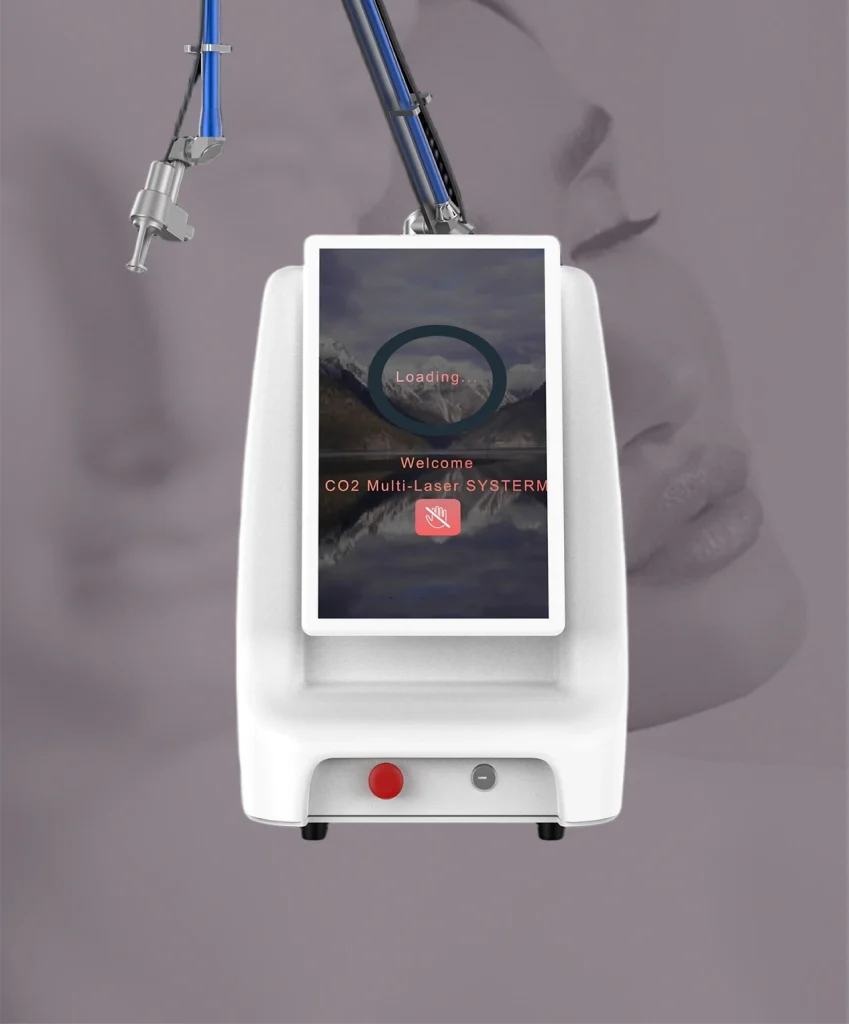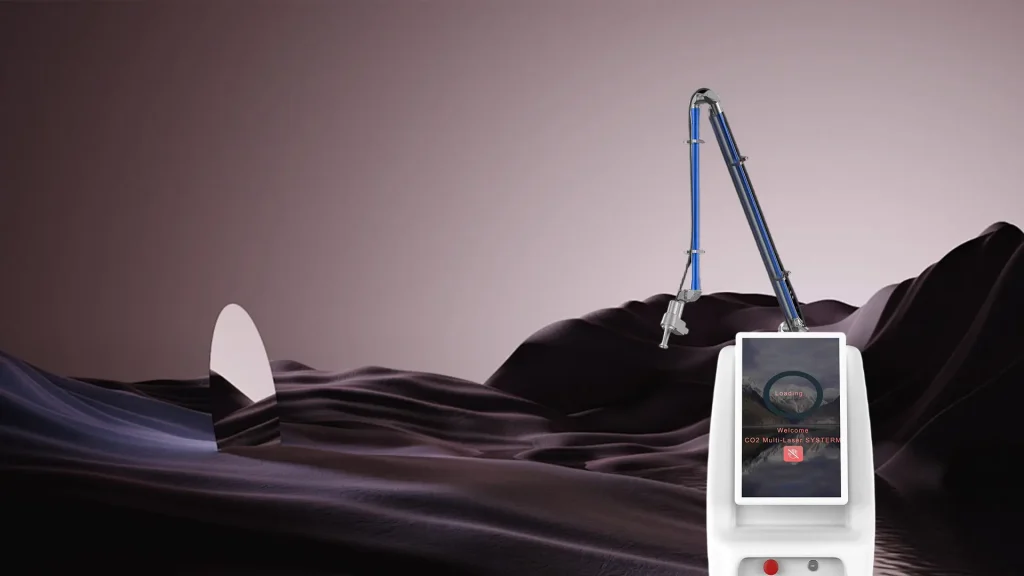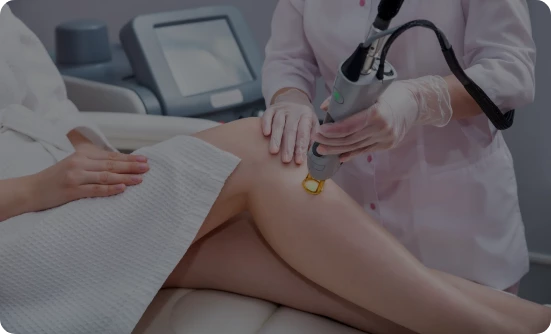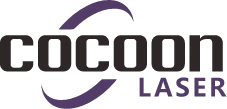Pico Laser Technology: The Ultimate Comprehensive Guide
10600 nm CO₂ Fractional Laser: The Complete 2025 Guide
Discover the science, trends, and treatment potential of 10600nm CO₂ fractional lasers for acne scars, wrinkles, and skin rejuvenation.
Introduction
The 10600 nm CO₂ fractional laser—often called “fractional CO₂”—has become a cornerstone of ablative skin resurfacing, prized for its ability to vaporize microscopic columns of dermal tissue while leaving intervening skin intact. This fractional photothermolysis approach minimizes downtime, accelerates healing, and delivers dramatic improvements in scars, wrinkles, pigmentation, and overall skin texture. As of 2024, the CO₂ fractional laser machines market was valued at USD 3 billion and is projected to reach USD 7.42 billion by 2032 (CAGR 13.8%) Market Research Intellect. On social media, TikTok’s “CO₂ fractional laser results” discovery page showcases thousands of before‑and‑after videos, underlining surging consumer curiosity and clinic inquiries.
In this in‑depth blog, we will:
- Demystify the technology behind 10600 nm CO₂ fractional lasers.
- Analyze global market trends and social‑media dynamics.
- Examine clinical, technical, economic, and regulatory perspectives.
- Compare leading device platforms.
- Outline combination protocols, safety, ROI, and future innovations.
- Provide practical tips, a FAQ.
1. What Is 10600 nm CO₂ Fractional Laser Technology?
1.1 Definition and Evolution
- CO₂ lasers emit at a wavelength of 10,600 nm, which is strongly absorbed by water in skin tissues.
- Fractional delivery, introduced in the early 2000s, divides the laser beam into thousands of micro‑beams that create microthermal treatment zones (MTZs), leaving surrounding tissue untouched to speed healing.
1.2 Photothermal Mechanism
- Unlike photomechanical pico lasers, CO₂ devices rely on photothermal effects, heating water in the epidermis and dermis to vaporize columns of tissue and trigger a wound‑healing cascade.
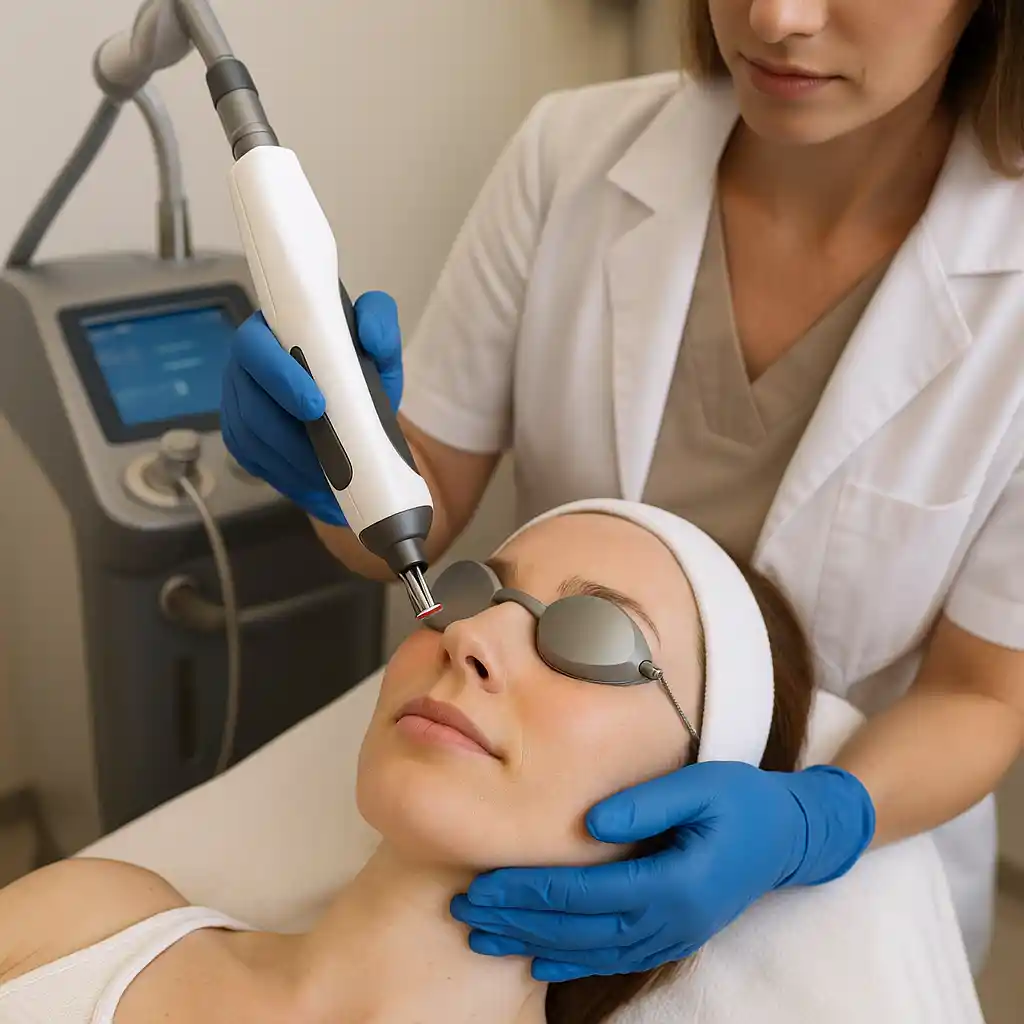
1.3 Key Parameters & Handpieces
- Pulse durations: Milliseconds to microseconds control ablation vs. coagulation balance.
- Density & coverage: Adjustable MTZ density (5–30% coverage) tailors downtime and efficacy.
- Scanning patterns: Hexagonal, rectangular, or random patterns optimize uniformity and safety.
2. The Science Behind 10600 nm Fractional Laser
2.1 Fractional Photothermolysis
- Microthermal injury columns (100–200 µm wide) induce controlled tissue damage; intact skin between columns acts as a reservoir for rapid cellular migration and repair.
2.2 Collagen Remodeling & Neoelastogenesis
- Thermal injury upregulates heat‑shock proteins, matrix metalloproteinases, and fibroblast proliferation, culminating in neocollagenesis and improved dermal architecture over 3–6 months.
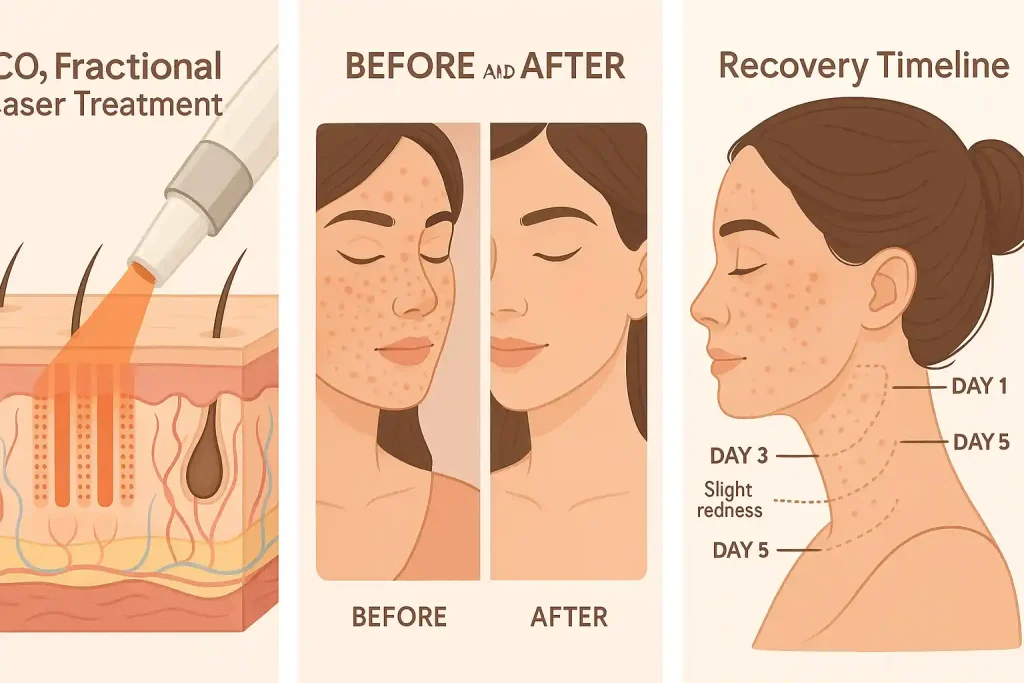
2.3 Depth Control & Thermal Coagulation Zones
- By varying pulse energy and duration, clinicians can target depths from 100 µm (superficial resurfacing) to 1,000 µm (deep scars), while coagulation in the periphery enhances hemostasis and reduces bleeding.
3. Global Trends & Consumer Interest
3.1 Market Growth & Projections
- The global CO₂ laser market will expand from USD 3.91 billion in 2024 to USD 4.18 billion in 2025 at 6.8% CAGR .
- The fractional CO₂ segment specifically is set to grow to USD 7.42 billion by 2032 (13.8% CAGR) Market Research Intellect.
3.2 Social‑Media Momentum
- TikTok’s “CO₂ fractional laser results” page features thousands of user‑generated clips demonstrating rapid improvements in acne scars and texture.
- Instagram hashtags like #CO2LaserResurfacing and #LaserSkinRenewal drive millions of impressions monthly.
3.3 Influencer & Clinical Endorsements
- Leading dermatologists on YouTube share expert protocols (e.g., PicoWay vs. Fraxel re:pair), each video amassing hundreds of thousands of views.
- Beauty influencers partner with clinics for “laser journeys,” linking to affiliate booking platforms and driving appointment spikes.
4. Key Applications
4.1 Acne Scars & Textural Irregularities
- Fractional columns penetrate scarred dermis, stimulating collagen remodeling to smooth boxcar, rolling, and ice‑pick scars.
4.2 Fine Lines & Wrinkles
- Ablation of the epidermis coupled with dermal heating tightens skin and diminishes peri‑oral, peri‑ocular, and forehead wrinkles.
4.3 Pigmentation & Sun Damage
- Targets melanin‑rich keratinocytes in the epidermis, effectively treating sunspots, lentigines, and actinic keratoses with greater precision than broad‑beam resurfacing.
4.4 Stretch Marks & Surgical Scars
- Emerging protocols employ deeper pulses to remodel sub‑epidermal collagen in striae distensae, achieving 30–50% improvement in texture after 3 sessions.
4.5 Off‑Label Uses
- Nasal valve collapse, periorbital skin laxity, and even tattoo refinement have been reported anecdotally in case studies.
fractional CO2 before after
5. Perspectives from Different Angles
5.1 Clinical & Dermatologist View
- Safety Profile: Well‑tolerated; common effects are erythema and edema resolving in 5–7 days.
- Efficacy Data: Studies show up to 80% improvement in scar depth after 3 treatments.
- Protocol Nuances: Pre‑treatment bleaching, post‑treatment growth‑factor serums, and strict photoprotection optimize results.
5.2 Consumer & Patient Perspective
- Pain Management: Topical anesthetic plus forced‑air cooling limits discomfort to a tolerable “heat wave” sensation.
- Downtime: Typically 3–7 days; erythema and crusting give way to fresh, smoother skin.
5.3 Technical & Engineering Angle
- Laser Resonator Design: Sealed CO₂ gas tube ensures stable 10,600 nm output.
- Scanning Software: Real‑time feedback systems adjust energy per pulse to maintain consistent MTZ dimensions.
5.4 Economic & Market Insight
- Clinic ROI: With an average fee of $1,200 per full‑face session and 80 sessions/month, break‑even occurs within 12–18 months.
- Consumables & Maintenance: Annual service contracts (~$5K/year) and handpiece lifespan of ~100K pulses.
5.5 Regulatory & Compliance
- FDA Clearances: Several fractional CO₂ platforms (e.g., Alma Pixel CO₂, Lumenis UltraPulse) carry indications for acne scars, wrinkles, and skin resurfacing.
- CE & TGA Marks: Enable extensive adoption across Europe and Asia-Pacific.
5.6 Cultural & Social‑Media Dynamics
- Reddit threads like r/SkincareAddiction feature “my CO₂ laser journey,” with users debating pre‑treatment serums and post‑treatment makeup hacks.
- Regional interest peaks around wedding seasons, fueling “bridal glow” campaigns.
6. Comparing Leading CO₂ Fractional Laser Devices
| Device | Pulse Duration | MTZ Coverage | Key Features | FDA Indication |
|---|---|---|---|---|
| Alma Pixel CO₂ | 0.1–2 ms | 5–30% | Dual‑scanner heads, integrated cooling | Acne scars, wrinkles, skin resurfacing |
| Lumenis UltraPulse | 0.1–10 ms | 10–20% | DeepFX & ActiveFX handpieces | Surgical scars, pigmentation |
| Fraxel re:pair | 0.3–1 ms | 3–20% | Ultrafine MTZ for minimal downtime | Fine lines, pigmentation |
| DEKA SMARTXIDE² | 0.1–4 ms | 5–35% | Multiple scanning patterns | Broad resurfacing indications |
CO2 Star
best CO2 laser for acne scars
7. Combination Treatments & Protocol Optimization
- CO₂ + Microneedling: Sequential fractional laser & needling amplifies collagen induction.
- CO₂ + PRP: Platelet‑rich plasma applied post‑laser accelerates re‑epithelialization.
- CO₂ + LED Photobiomodulation: Low‑level light therapy reduces inflammation and erythema.
- CO₂ + Topical Retinoids: Begin 2 weeks post‑laser to boost cell turnover in healing MTZs.
8. Safety, Side Effects & Special Considerations
- Common: Erythema, edema, crusting, possible PIH in darker skin types.
- Rare: Infection, scarring—primarily due to improper energy settings or post‑care noncompliance.
- Dark Skin Precautions: Use lower densities and prolonged intervals; consider test spots to gauge response.
9. Cost Analysis & Return on Investment
| Region | Avg. Full‑Face Fee | Break‑Even Sessions/Month |
|---|---|---|
| North America | $1,000–$1,500 | 70–80 |
| Europe | €800–€1,200 | 60–70 |
| Asia‑Pacific | $600–$1,000 | 50–60 |
- Device Investment: USD 120 K–$200 K
- Maintenance: $5 K–$10 K/year
- Staff Training: $2 K–$4 K per operator
10. Future Directions & Innovations
- AI‑Driven Spot Placement: Automated algorithms to optimize MTZ distribution for uniform results.
- Picosecond Fractional CO₂ Hybrids: Merging ultra‑short pulses with fractional ablation for reduced downtime.
- Real‑Time Tissue Feedback: Optical coherence tomography (OCT) integration to monitor ablation depth on‑the‑fly.
- Home‑Use Fractional Devices: Low‑fluence handhelds under development for maintenance between professional sessions.
11. Practical Tips for Patients & Providers
11.1 Choosing the Right Clinic
- Confirm the exact model (e.g., Alma Pixel CO₂ vs. generic CO₂).
- Review before/after galleries specific to your skin type.
- Verify operator’s laser safety and treatment certifications.
11.2 Pre‑ & Post‑Care Guidelines
- Pre: Discontinue retinoids/AHAs 7 days before.
- Post: Gentle cleansers, occlusive ointments (e.g., petrolatum), and broad‑spectrum SPF 50+ for 4 weeks.
12. Frequently Asked Questions
- How many sessions are needed?
– Usually 1–3 sessions, spaced 8 weeks apart for optimal remodeling. - Is the treatment painful?
– Sensation described as “warm pricks”; topical anesthetic and cooling mitigate discomfort. - What downtime should I expect?
– Erythema and crusting last 3–7 days; most return to normal activities by day 5. - Can dark skin (Fitzpatrick IV–VI) be treated safely?
– Yes, with conservative settings and vigilant post‑care to prevent PIH. - Are results permanent?
– Collagen remodeling endures, but aging continues; maintenance treatments every 12–18 months recommended.
Conclusion
The 10600 nm CO₂ fractional laser remains the gold standard for ablative resurfacing—combining robust scar revision, wrinkle reduction, and skin rejuvenation with manageable downtime. Whether you’re a practitioner aiming to invest in market‑leading technology or a patient seeking transformative skin renewal, understanding the science, market dynamics, and best practices is key.


